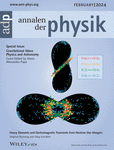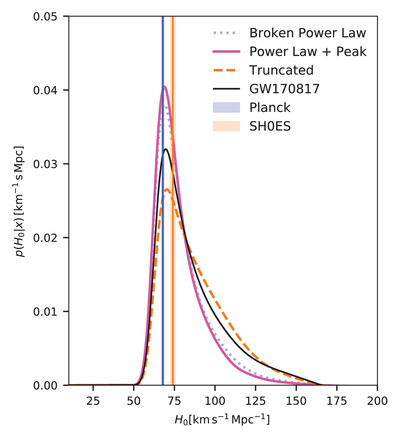Journal list menu
Export Citations
Download PDFs
Cover Picture
(Ann. Phys. 2/2024)
- First Published: 14 February 2024
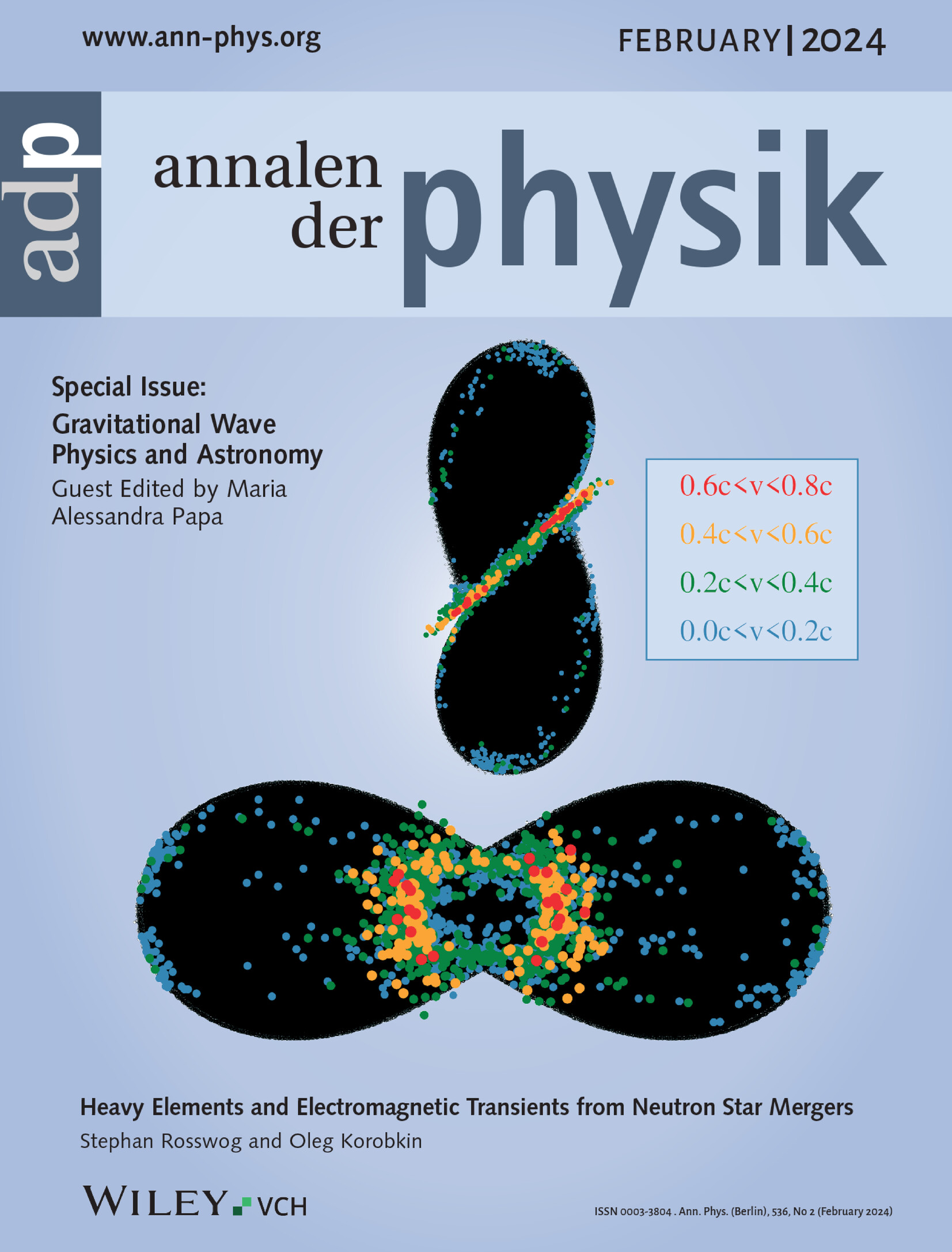
Neutron Star Mergers
When two neutron stars revolve around each other, they emit gravitational waves which drives them – initially very subtly but in the end very violently – towards a collision. In such a collision, neutron star matter gets ejected into space where it forms heavy elements via the “rapid-neutron capture process”. The freshly synthesized, initially radioactive nuclei power electromagnetic transients called “kilonovae” that are observable in a merger's aftermath. In article 2200306, Stephan Rosswog and Oleg Korobkin discuss today's state-of-the-art of this active research field.
Masthead
Guest Editorial
Reviews
Search for Short-Duration Transient Gravitational Waves Emitted by Neutron Star Glitches
- First Published: 22 July 2022
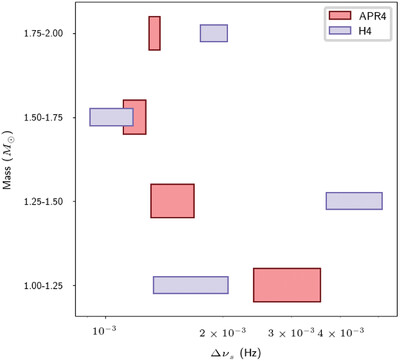
The observation rate of pulsar glitches is limited by their electromagnetic observations. There could be a population of the isolated neutron stars in the galaxy for which there is no electromagnetic observations, but they can produce gravitational waves. The all-sky search for gravitational waves provides better localization of the source sky position to mitigate the follow-up search with electromagnetic telescopes.
Chemical Evolution of the Universe and its Consequences for Gravitational-Wave Astrophysics
- First Published: 11 July 2022
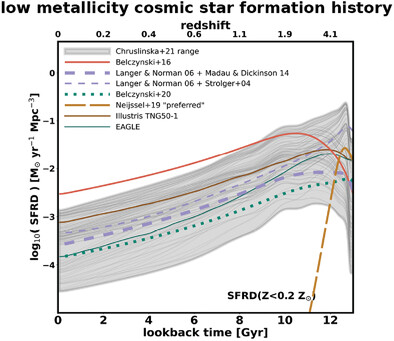
Population properties of double compact object mergers (especially binary black holes) are sensitive to the metallicity dependent cosmic star formation history. The uncertainty of this quantity cannot be ignored and makes the interpretation of current gravitational wave observations difficult. The origin of this sensitivity of gravitational wave sources to metallicity and the related challenges are discussed in this review.
The LIGO-Virgo O3 Run and the Multi-Messenger Investigations of Compact Binary Mergers
- First Published: 20 February 2023
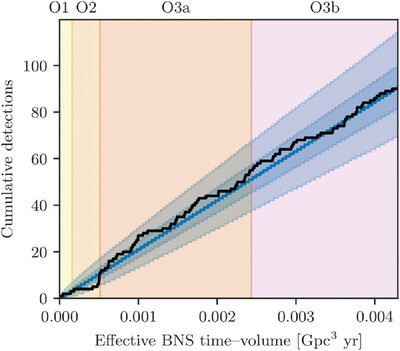
During the third observing run (O3) of LIGO/Virgo interferometers new compact binary mergers have been observed, including some exceptional event like the first neutron star-black hole mergers. Events have been collected in three catalogs. The paper reviews the detections and the multi-messenger observations, together with the impact on astrophysics and cosmology.
Heavy Elements and Electromagnetic Transients from Neutron Star Mergers
- First Published: 20 November 2022

Astro-(physics) has made major leaps forward through the combined information provided by both gravitational waves and electromagnetic emission from the first detected neutron star merger event. This review provides an up-to-date overview of today's understanding of neutron star mergers and their electromagnetic emission and it discusses possible research directions for the future.
Research Articles
On the Reconstruction of the Scalar Mode of GW170817 in Scalar-Tensor Gravity Theory
- First Published: 17 August 2022
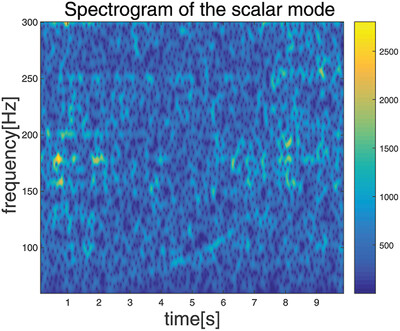
It is found that the upper limit of the scalar mode of GW170817 in term of the band-limited root-sum-square of the amplitude is with a time window of 2 [s] and frequency window of ≈60–120 [Hz]. Additionally, the simulation indicates that the reconstructed scalar mode in the direction to GW170817 contains roughly 30% of energy leaked from the tensor modes.
Training Process of Unsupervised Learning Architecture for Gravity Spy Dataset
- First Published: 05 August 2022
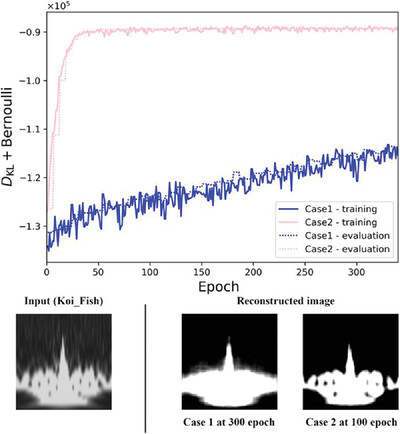
Transient noise appearing in the data from gravitational-wave detectors frequently causes problems such as instability of the detectors and overlapping or mimicking gravitational-wave signals. An architecture for classifying transient noise, which uses unsupervised deep learning combined with variational autoencoder and invariant information clustering, is proposed. In this study, the training process of the architecture is examined and reported.
Comprehension of Jet Physics from the Analysis of the Gamma-Ray Burst Afterglow Parameter Distributions
- First Published: 23 August 2022
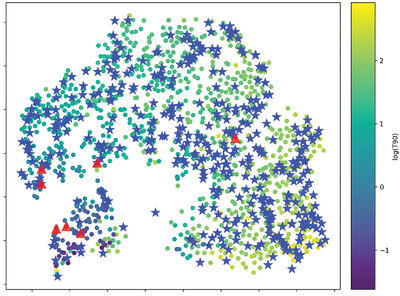
This analysis is dedicated to the study of the prompt and afterglow emission of Swift Gamma-Ray Bursts (GRBs). A new machine learning technique is applied grouping the GRBs based on their morphological features. The afterglow is then studied using the “boosted fireball” model. The main result consists on best-fit parameter distributions that could describe the jet's physics of the sample.
An Order Statistics Post-Mortem on LIGO–Virgo GWTC-2 Events Analyzed with Nested Sampling
- First Published: 26 August 2022
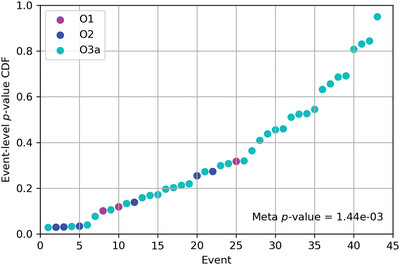
A method of validating the performance of nested sampling, using likelihood insertion order statistics, is applied to the 45 events in the first two gravitational wave transient catalogs of the LIGO–Virgo collaboration. With few exceptions, the event-level order statistics are consistent with unbiased prior sampling. There is, however, weak evidence against uniformity at the catalog level.
Fully Data-Driven Time-Delay Interferometry with Time-Varying Delays
- First Published: 12 March 2023
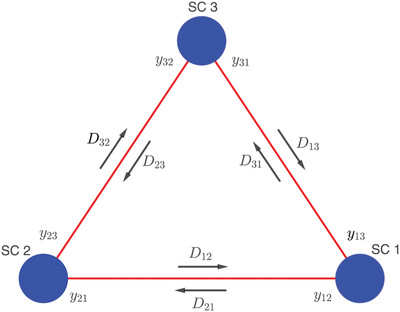
Time-delay interferometry (TDI) is a crucial technique to remove the otherwise overwhelming laser frequency noise in space-borne gravitational-wave detectors. While standard TDI relies on a model of the measurement and the knowledge of inter-spacecraft light travel time delays, here they present a new model-independent and entirely data-driven algorithm to cancel laser noise for satellite constellations with time-varying arm lengths.




